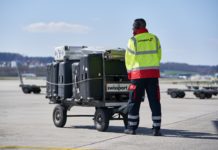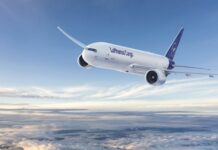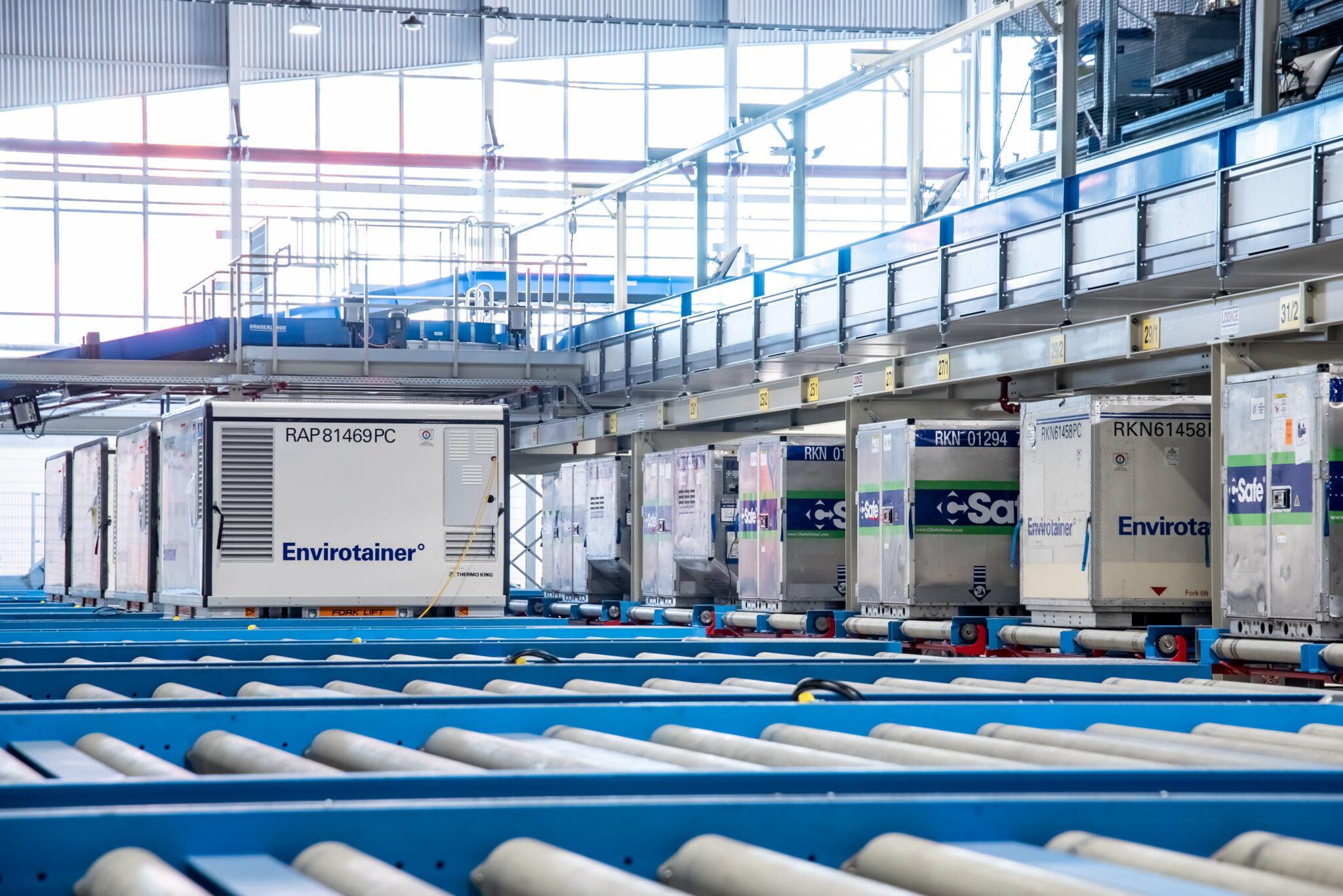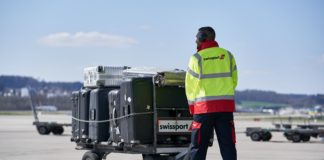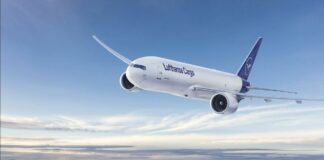

First, the good news: there are no hotspots anyone is missing but some routes are doing better than others, writes Michael Mackey.
The explanation for this is simple: the industry has seen a surge in demand that is broadly-based, both geographically and in terms of sectors. That written, some routes and some parts of the industry deserve special mention.
“Asian exports to both North America and Europe were particularly strong. China continued to drive export growth, at the same time the domestic economy is also modernising its retailing and logistics industries, which has led to accelerating demand for express air cargo services,” says Association of Asia Pacific Airlines director general, Andrew Herdman. There is a lot of corroboration for this in the industry.
“Nine out of Changi’s top 10 countries showed positive growth, with notably strong growth in China,” Singapore’s Changi Airport Group managing director, air hub development Lim Ching Kiat tells Air Cargo Week.
China grew 15 per cent and is Changi’s top cargo market, Lim says whilst Hong Kong, a part of China, its third largest market, but grew by only two per cent.
Changi established ten new city links in 2017 of which three were to China (Harbin, Shijiazhuang, Yantai), with the others being Athens, Madurai in India, Hiroshima, Okinawa, Bintulu in Malaysia, Stockholm and Honolulu. All of them are potential cargo routes.


This year, Changi expects to see more developments in long-haul segments to Europe with Scoot’s non-stop service to Berlin and LOT Polish Airlines’ new service connecting Singapore and Warsaw.
China will not be neglected. “At the same time, we will continue our efforts to strengthen our connectivity to secondary cities in China and India – our fastest growing markets in 2017,” Lim says.
Nor will the intra-Asian trades or indeed the established long haul routes be forgotten. “European exports to both Asia and North America were also very strong, leading to more balanced route demand, particularly on the major Asia-Europe trade lanes,” AAPA’s Herdman says.
Again there is corroboration for this in the market. “From a regional perspective, Europe ranked top for Hactl, followed by the USA in 2017. We expect the European trend will prevail as it is widely reported that manufacturing firms in the Eurozone are seeing export orders growing at the fastest pace on record. In addition, we have recruited new airline customers which are adding considerable tonnage on Europe routes,” Hactl executive director, Vivien Lau says.
This also extends to the North American market, whose transpacific routes at one time were the key factor but are now one of several in the overall health of the industry.
One of the twists of this, and here names and atlases should be paid attention to, is Taiwan-based China Airlines opened Taoyaun to Ontario, not the Canadian province but the Southern Californian city, with seven flights weekly – the first direct Asia to Ontario (US) route.
True, it is a passenger led service but it as handy tool with which to tap the Southern California tech market and, when the season is ripe, the cherry market.
The carrier is also starting charter freighter flights to Rickenbacker International airport at Columbus, Ohio on an ad hoc basis, the airline tells Air Cargo Week.
There is though a cloud on the horizon for the transpac routes: US trade rules. “The only potential damping factor is how the announcement of new US tariff policy may affect international trade, casting some uncertainty over air cargo flows worldwide,” Hactl’s Lau tells Air Cargo Week.
Where China Airlines is looking more is intraAsian. Its view is the continued development of Southeast Asian economies means growth is expected in time-critical cargo markets such as consumer electronics, functional textiles, and trans-border e-Commerce.
“China Airlines will continue to cultivate regions such as Japan, Singapore, Malaysia, India, Vietnam, the Philippines and Thailand to compete for north-west cargo sources within Asia. The destination/route combinations of freighter services will be optimised to boost overall revenues,” it tells Air Cargo Week.
In one part of this there is agreement from AAPA’s Herdman who underlines the importance of Vietnam: “Particularly noteworthy recently has been the rapid growth of the air cargo market in Vietnam as the economy develops its manufacturing and logistics capability. As of now, we have 85 confirmed freighter locations in our summer ‘18 schedule. We expect it to reach 91 with the addition of potential routes.”

